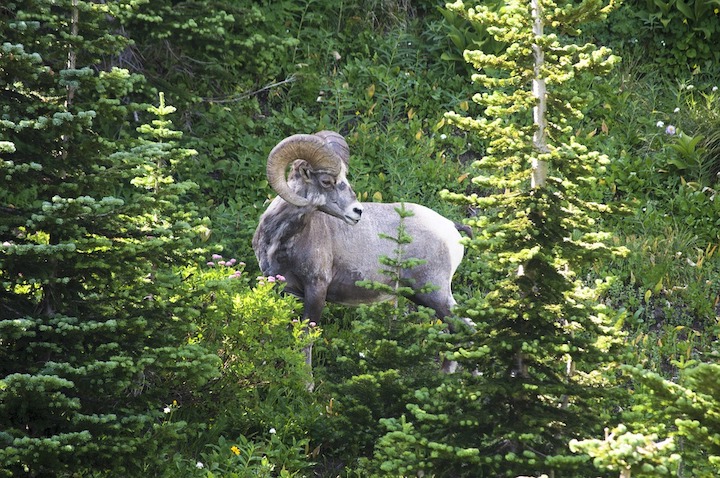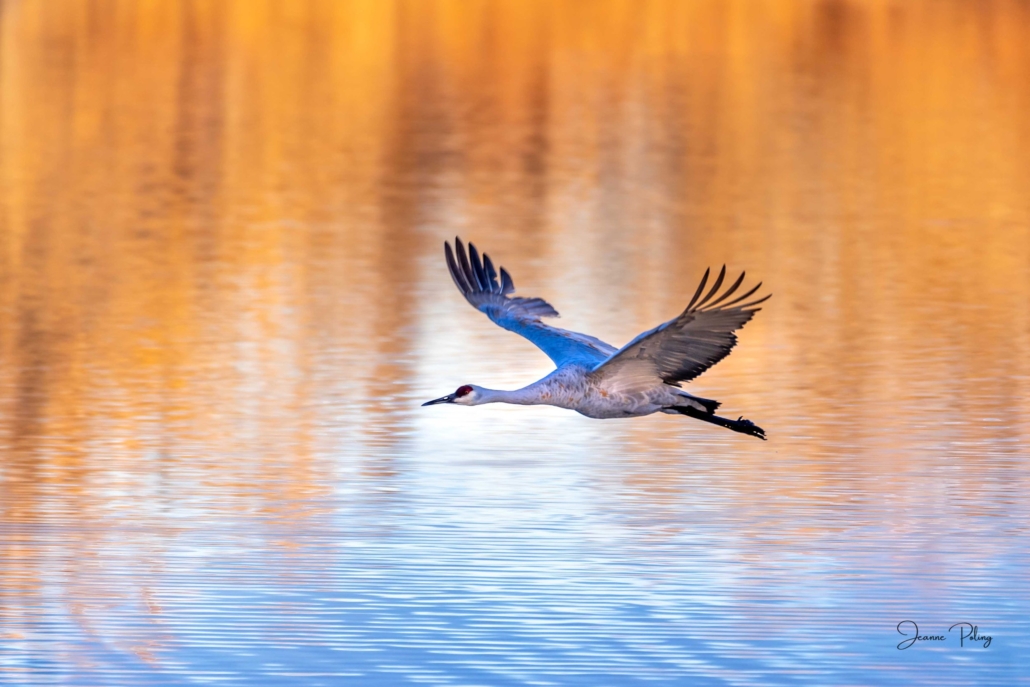Rocky Mountain Wild is a 501(c)3 nonprofit dedicated to protecting the biodiversity of the Southern Rocky Mountain region. Their efforts have secured Endangered Species Act protection for dozens of species, including Canada lynx, Gunnison sage-grouse, Preble’s meadow jumping mouse and the desert dwelling Debeque Phacelia. Through their campaigns, more than 2 million acres of critical wildlife habitat has been protected and restored!
We spoke with Rocky Mountain Wild’s Communications and Membership Manager, Chris Talbot-Heindl, about the organization and their experience as an Alliance Center tenant.
The Alliance Center: What does your organization do and how long have you been around?
Chris Talbot-Heindl: Rocky Mountain Wild works to protect, connect, and restore wildlife and wild lands in the Southern Rocky Mountain region. We’ve been protecting our region’s biodiversity since 1999!
TAC: What specific programs, practices or priorities is your organization most focused on right now? How have these evolved over time?
CTH: Rocky Mountain Wild is currently focusing on community science projects to do important research that will inform our conservation work and the work of our partner organizations. Protecting biodiversity is a huge job and our conservation biologists can’t do it alone, so we engage volunteers to answer real-world questions about problems facing wildlife in our region. Currently, we have four community science projects: Colorado Pika Project, Colorado Corridors Project, Colorado Bat Watch and Go Big! Central Colorado Bighorn Sheep Survey.
Colorado Pika Project is implemented by our community scientists across Colorado, who investigate the potential impacts of climate change on American pika and Colorado’s alpine ecosystem.
Colorado Corridors Project engages our community scientists in wildlife monitoring at three proposed sites for wildlife crossing structures along East Vail Pass between Copper Mountain Resort and the top of Vail Pass. This stretch has long been identified as one of the most important wildlife movement corridors in Colorado!
Colorado Bat Watch will engage community scientists to collect data and monitor bat species in Colorado. This will help land managers and conservation organizations develop strategies and programs to protect bats and their habitat.
The Central Colorado Bighorn Sheep Survey engages community scientists in recording their observations of Rocky Mountain bighorn sheep, domestic sheep and domestic goats in Central Colorado. The data will fill in our gaps of knowledge regarding their habitat and migration corridors, and will help managers plan for bighorn conservation as development, traffic and demand for recreation access increase in Colorado.
TAC: In what ways could The Alliance Center’s community help you achieve your mission? Are you looking for partnerships, advice and/or connections?
CTH: Protecting biodiversity is a huge job, and we’re a small team of eight, so we know we can’t do it alone. We are actively building a diverse community of activists, partners, community scientists, volunteers and philanthropists to help make our vision a reality. We are currently actively seeking additional board members that bring diverse cultural backgrounds, skills, ideas and perspectives to our team.
If you are passionate about our mission, and skilled in one or more of the following areas, we would love to hear from you: accounting, fundraising, JEDI (justice, equity, diversity, and inclusion), app development, data management, conservation law or conservation biology. For more information, please visit rockymountainwild.org/board.
TAC: What is unique about your organization that you could offer to the community?
CTH: Rocky Mountain Wild has long offered our geographic information systems (GIS) services to other conservation organizations and community groups. After all, you generally can’t save something if you can’t map it. Our team of GIS specialists can provide maps and analysis to help members of the community tell their story to the pubic and to decision makers. From interactive story maps to detailed reports, our scientists can provide analysis and visuals that help others understand and communicate issues.
Additionally, we have a one-of-a-kind Assessment of Biological Impact (ABI) tool that helps us identify how proposed projects on public lands overlap with endangered species habitat, wildlife migration corridors, unique natural resources and more.
TAC: What does success look like for you as it relates to sustainability and your organization’s mission?
CTH: We envision a biologically healthy future for our region—one that includes a diversity of species and ecosystems, thriving populations of wildlife and a sustainable coexistence between people and nature.
Are you a tenant of The Alliance Center who would like to be featured in an upcoming Tenant Spotlight? Fill out this form!





